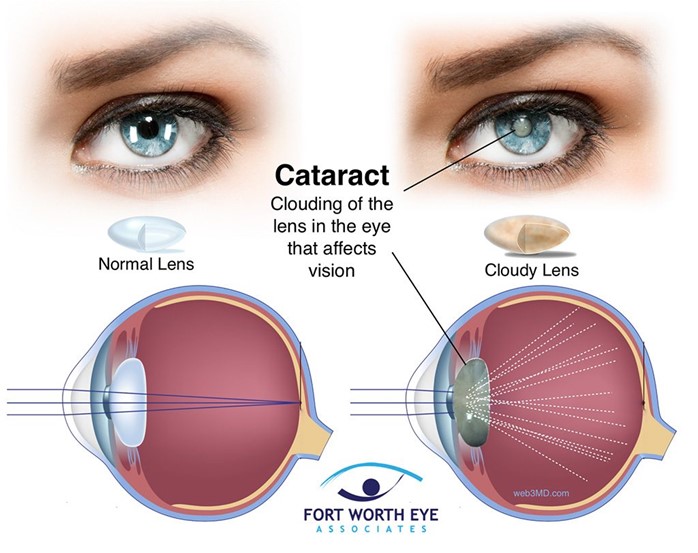A nurse provides education to a client diagnosed with inflammatory bowel syndrome (IBS) about measures to treat diarrhea caused by acute flare-ups. Which statement by the client indicates a need for further teaching?
"I will eat frequent small meals."
"I will increase the intake of leafy greens and other sources of dietary fiber."
"I will increase fluids."
"I will take prescribed medications on schedule to regulate bowel patterns."
The Correct Answer is B
Choice A reason: This is correct because eating frequent small meals can help the client with IBS to avoid overloading the digestive system and triggering diarrhea. The nurse should advise the client to eat slowly chew well, and avoid foods that are spicy, fatty, or gas-producing.
Choice B reason: This is incorrect because increasing the intake of leafy greens and other sources of dietary fiber can worsen diarrhea by increasing stool bulk and motility. The nurse should advise the client to limit or avoid high-fiber foods, such as whole grains, fruits, vegetables, nuts, and seeds, during acute flare-ups of IBS. The client can gradually reintroduce fiber when the symptoms subside.
Choice C reason: This is correct because increasing fluids can help the client with IBS to prevent dehydration and electrolyte imbalance caused by diarrhea. The nurse should advise the client to drink at least 8 glasses of water per day and avoid caffeinated, alcoholic, or carbonated beverages that can irritate the bowel or cause gas.
Choice D reason: This is correct because taking prescribed medications on schedule can help the client with IBS to regulate bowel patterns and reduce diarrhea. The nurse should instruct the client on how to use medications, such as antidiarrheals, antispasmodics, or probiotics, as ordered by the provider. The nurse should also monitor the client for any adverse effects or interactions of the medications.

Nursing Test Bank
Naxlex Comprehensive Predictor Exams
Related Questions
Correct Answer is D
Explanation
Choice A reason: Resting in bed for at least 2 days is not necessary after cataract surgery. The client should resume normal activities as soon as possible, but avoid strenuous activities that increase intraocular pressure.
Choice B reason: Deep breathing and coughing four times a day are not related to cataract surgery. This is a technique to prevent respiratory complications after abdominal or thoracic surgery.
Choice C reason: After two days, a creamy discharge is not normal. This could indicate an infection or inflammation of the eye. The client should report any changes in vision, pain, redness, swelling, or discharge to the provider.
Choice D reason: Keeping the head up and straight is the correct instruction. This helps to prevent increased intraocular pressure and bleeding in the eye. The client should also avoid rubbing or touching the eye, wearing sunglasses to protect from bright light, and using prescribed eye drops as directed.

Correct Answer is A
Explanation
Choice A reason: This is the correct answer because this question will help the nurse assess the pain level and discomfort of the client with red scaling papules. Red scaling papules are raised skin lesions that are red and covered with scales. They can indicate psoriasis, which is a chronic skin condition that causes inflammation and rapid turnover of skin cells. Psoriasis can cause pain, itching, burning, or stinging sensations in the affected areas. The nurse should ask the client to rate their pain on a numeric or descriptive scale and provide analgesics or topical agents as prescribed.
Choice B reason: This is incorrect because this question will not help the nurse assess the condition of the client with red scaling papules. Red scaling papules are not affected by food intake but by other factors such as stress, infection, injury, or medication. Psoriasis is not an allergic or dietary disorder, but an immune-mediated disorder that causes abnormal skin cell growth. The nurse should ask the client about their medical history, current medications, and triggers or aggravating factors for their psoriasis.
Choice C reason: This is incorrect because this question will not help the nurse assess the condition of the client with red scaling papules. Red scaling papules are not treated with antibiotics but with other medications such as corticosteroids, immunosuppressants, or biologics. Antibiotics are used to treat bacterial infections, which are not the cause of psoriasis. The nurse should ask the client about their treatment regimen, compliance, and effectiveness for their psoriasis.
Choice D reason: This is incorrect because this question will not help the nurse assess the condition of
the client with red scaling papules. Red scaling papules are not related to weekend activities but to chronic skin inflammation and abnormal cell turnover. Psoriasis is not a lifestyle disorder, but a genetic disorder that can be influenced by environmental factors. The nurse should ask the client about their family history, exposure to sun or cold, and stress level for their psoriasis.
Whether you are a student looking to ace your exams or a practicing nurse seeking to enhance your expertise , our nursing education contents will empower you with the confidence and competence to make a difference in the lives of patients and become a respected leader in the healthcare field.
Visit Naxlex, invest in your future and unlock endless possibilities with our unparalleled nursing education contents today
Report Wrong Answer on the Current Question
Do you disagree with the answer? If yes, what is your expected answer? Explain.
Kindly be descriptive with the issue you are facing.
